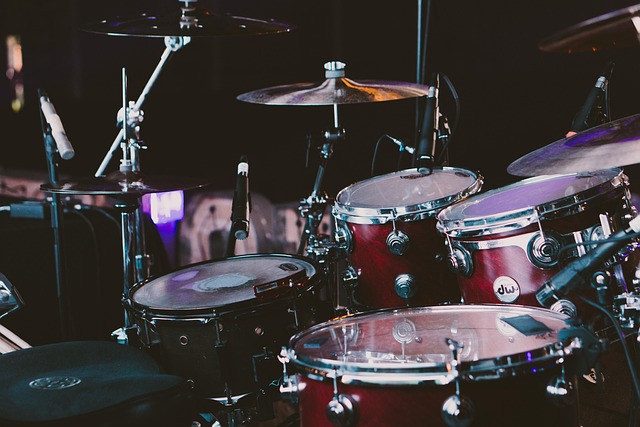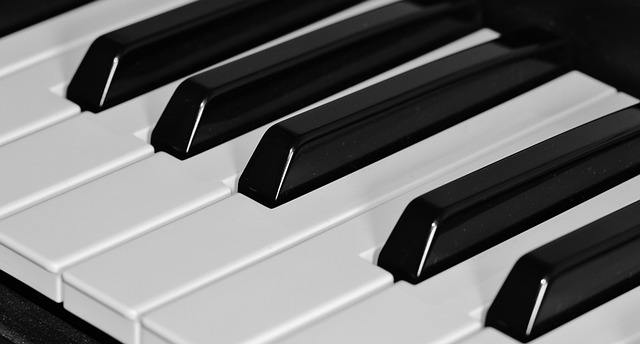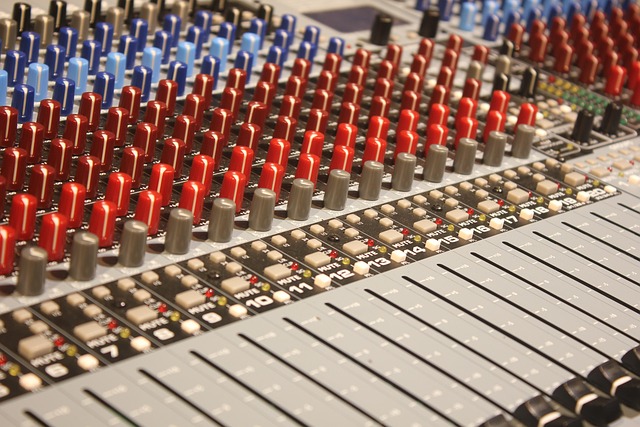Diving Into the Art of Capturing Rhythm: Audio Recording Techniques
When it comes to music, rhythm is the heartbeat, the pulse that keeps everything alive and moving. As audio engineers and music producers, our job is to capture that essence, to translate the tangible into something that resonates with listeners. Let’s explore some techniques that will help you seize and encapsulate the spirit of rhythm in your recordings.
1. Understanding the Foundation of Rhythm
Before diving into the technical aspects, it’s essential to grasp the fundamental concept of rhythm. It isn’t just about beats; it’s about the emotional flow that drives a piece of music forward. When preparing to record, take the time to engage with the music’s tempo and feel. Try tapping your foot or nodding your head to the groove. This physical connection will allow you to create an environment that captures the very essence of rhythm.
2. Choose the Right Microphone Techniques
The choice of microphone can significantly impact how rhythm is perceived in your recordings. For instance, using a dynamic microphone close to a kick drum can allow the thump and power of the rhythm section to shine through. On the other hand, a condenser microphone might be ideal for capturing the subtleties of a delicate strumming pattern in a guitar. Experiment with different placements and types of microphones to find what serves each instrument best.
3. Layering Tracks for Depth
One way to enhance the rhythmic qualities of your piece is through layering. Start with a foundational track, such as a drum beat or bass line, and build upon it with additional percussion or melodic elements. This layering creates a richer tapestry of sound, where different rhythms can interlock and complement each other, establishing a more engaging rhythm for the listener.
4. Using Effects to Enhance Rhythm
Effects can transform how rhythm is perceived in your recording. Techniques such as delay or reverb can add a sense of movement and space, while distortion can make certain elements punchier and more aggressive. When applying effects, think about how they will enhance or alter the existing rhythm, and be mindful of maintaining clarity in your mix.
5. The Magic of Editing
Editing is where the real magic happens. In the digital realm, you have the ability to manipulate rhythm with precision. Use tools to tighten up performances, adjust timing, or even create polyrhythms by cutting and repositioning various elements. Be careful, however; while editing can enhance rhythm, it can also strip away the natural feel if overdone. Always keep the emotional core of the music in mind.
6. Listening and Learning
Lastly, immerse yourself in the world of rhythms. Listen to tracks that inspire you and analyze how other artists capture rhythm in their recordings. What techniques do they use? How do they create contrast between different rhythmic phrases? By actively listening and dissecting various styles, you can expand your own understanding and application of rhythm in your audio projects.
In the realm of audio recording, rhythm is not just a set of beats; it’s a powerful force that drives music to connect and communicate emotions. By employing these techniques, you can dive deeper into the art of capturing rhythm, ensuring your recordings resonate long after the last note fades away.



